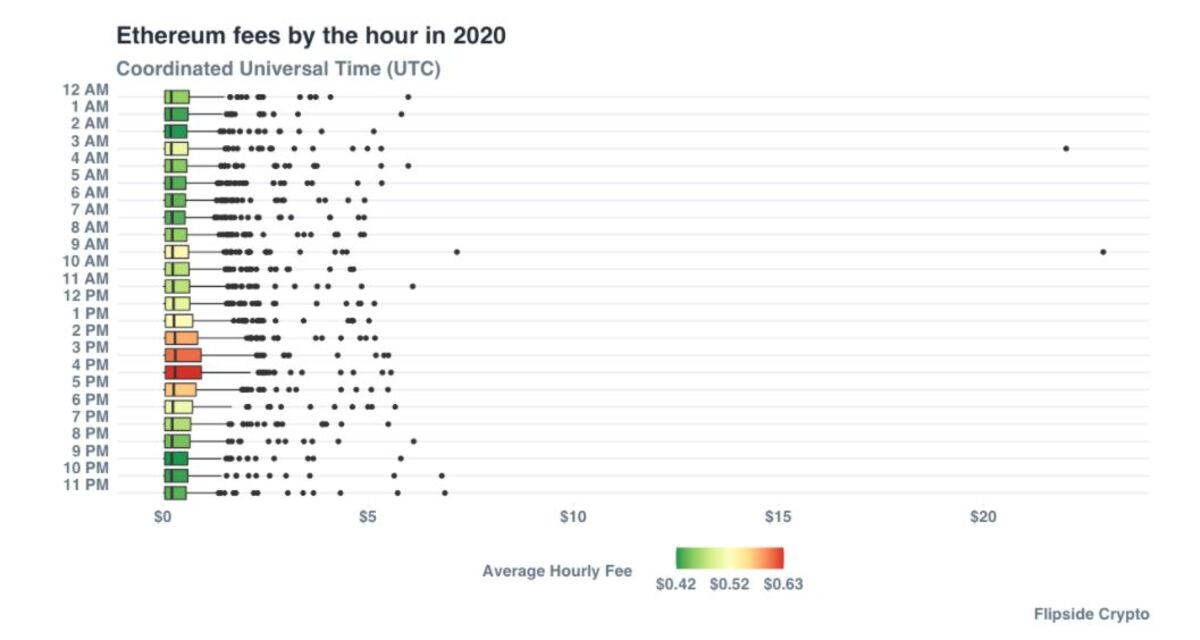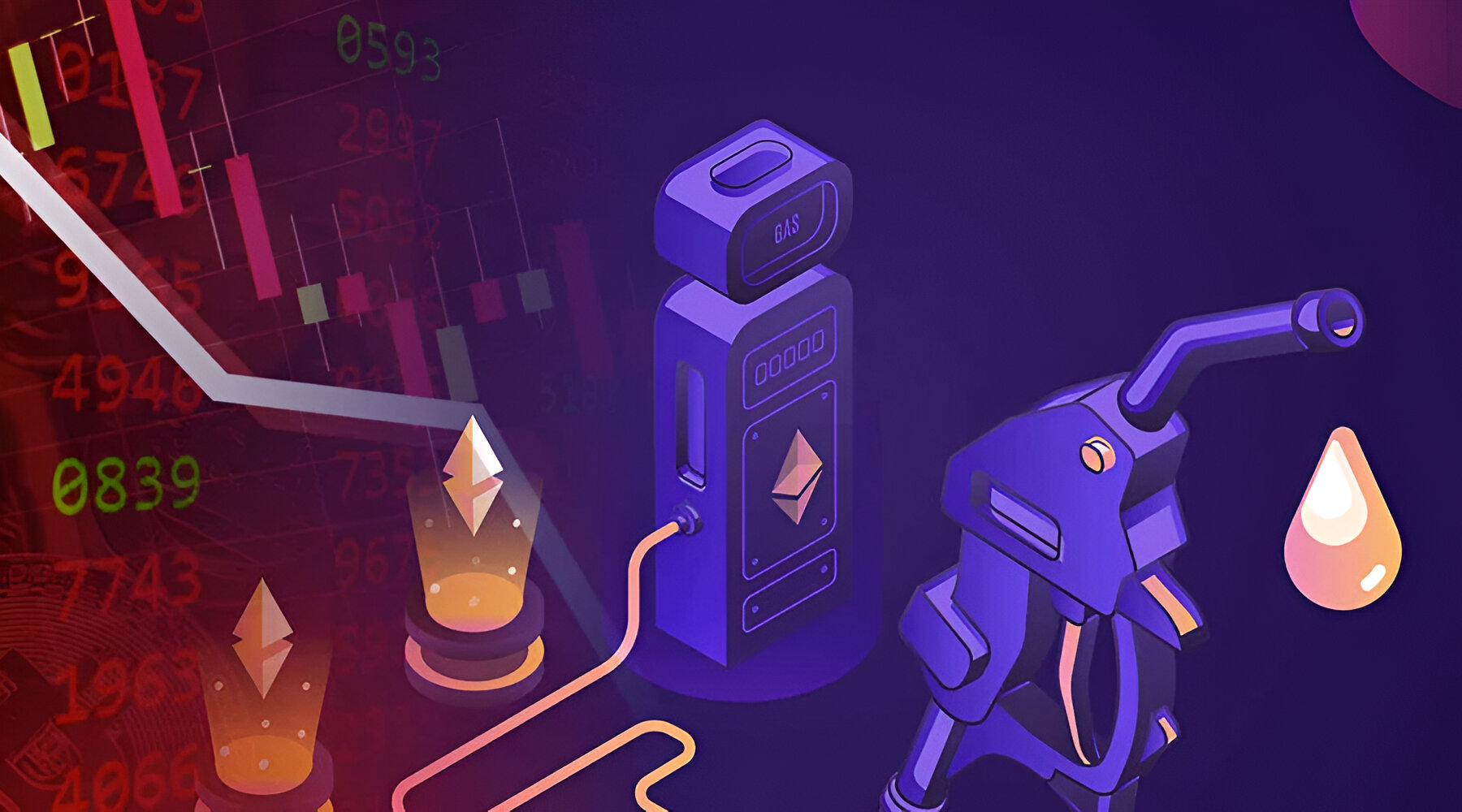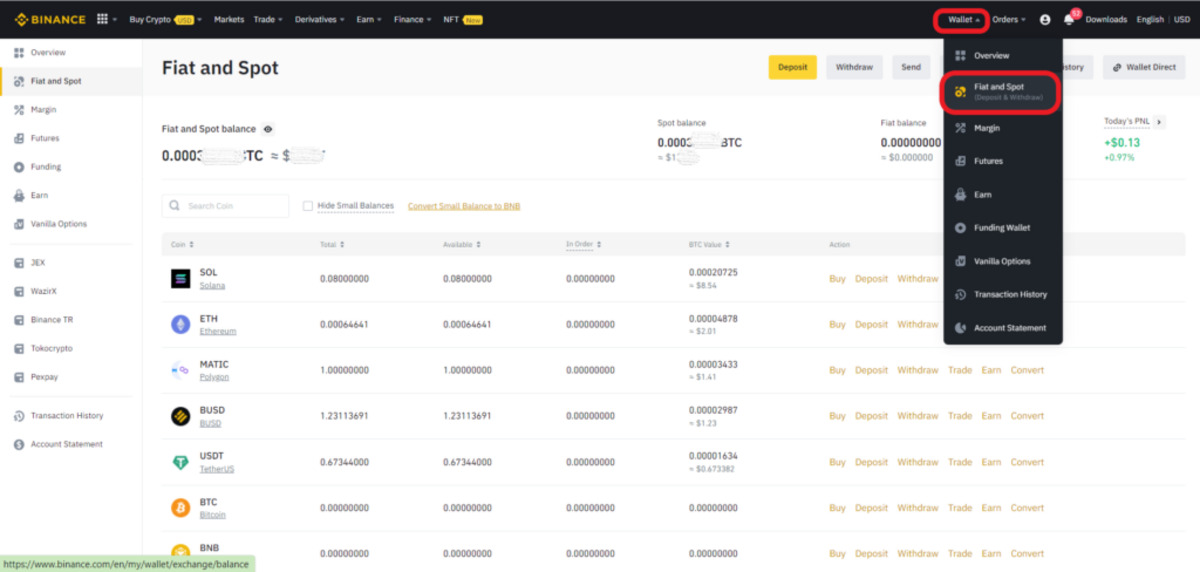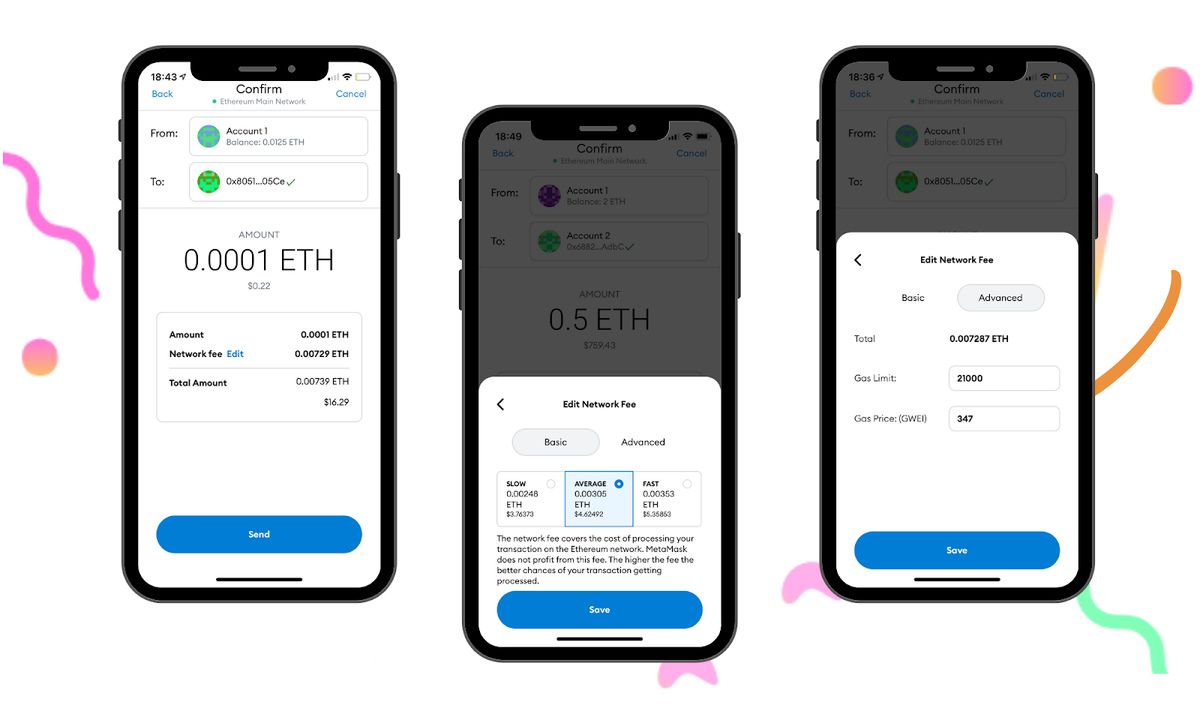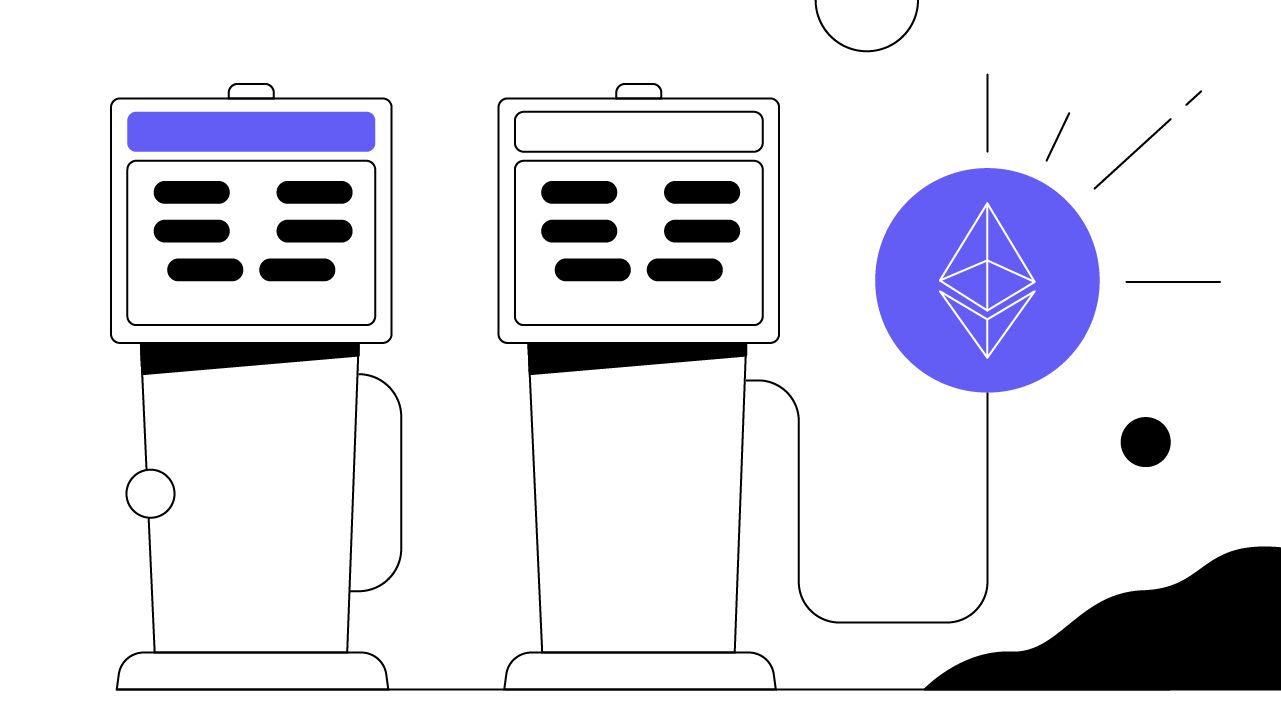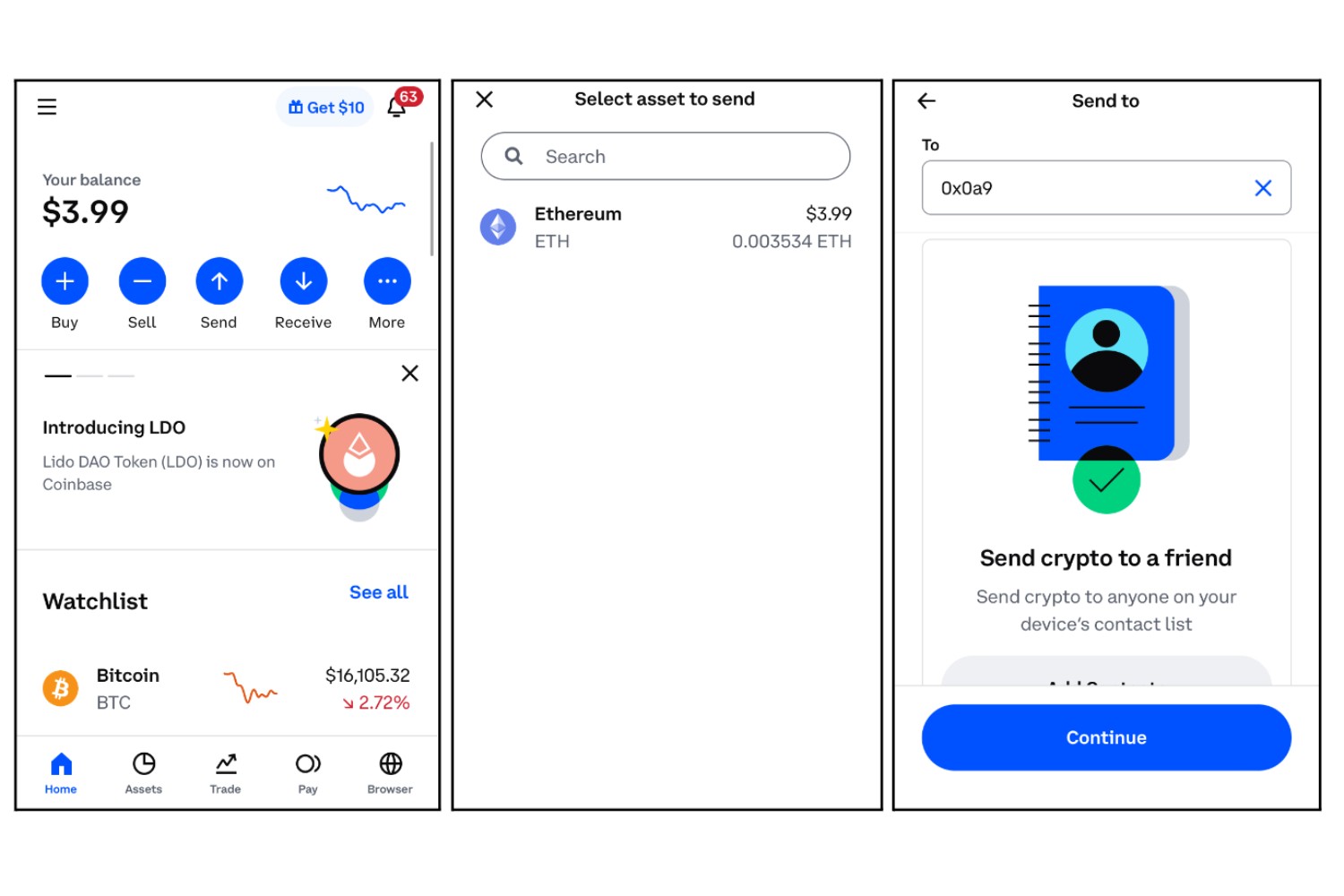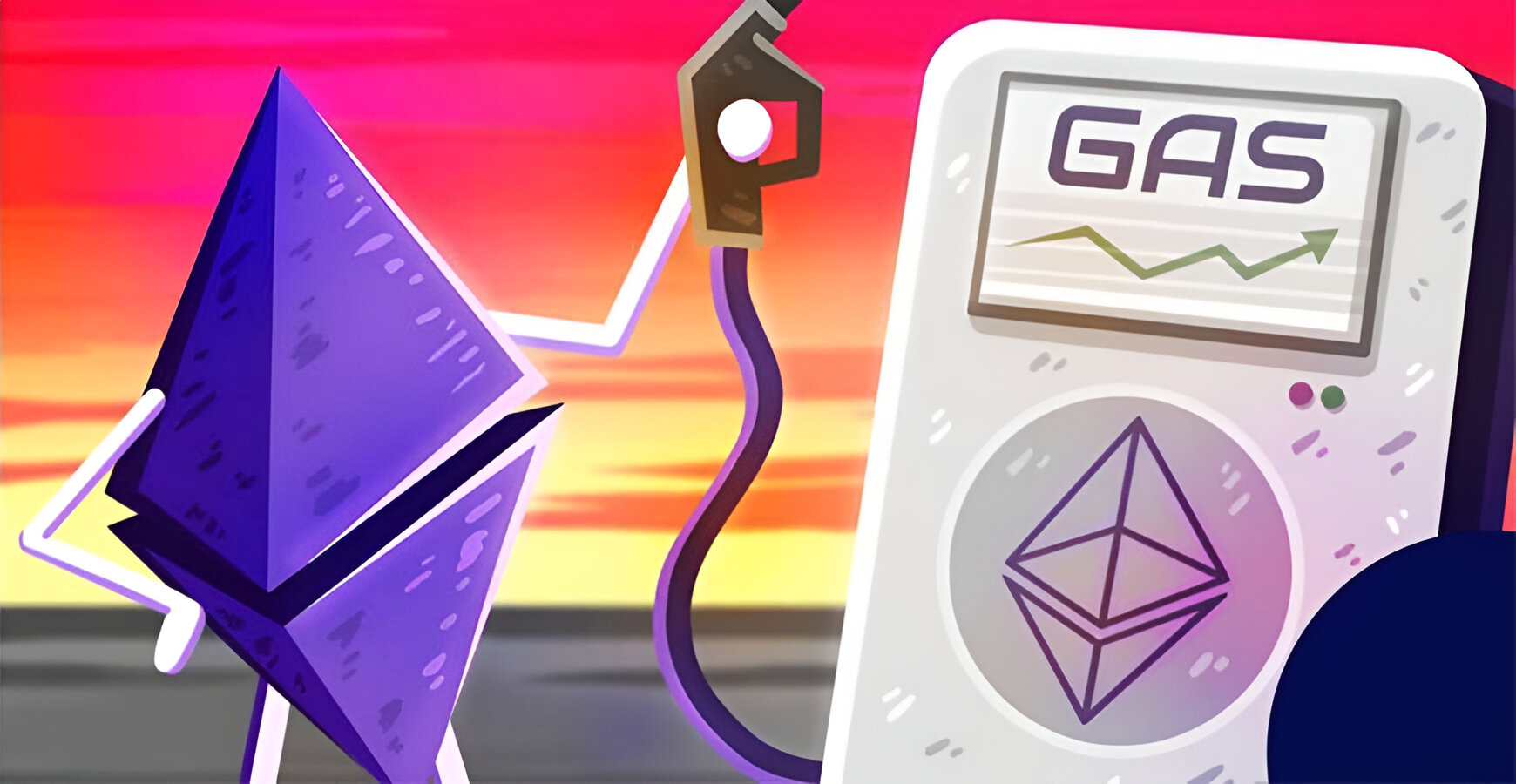Overview of Ethereum Gas Fees
Ethereum, as a blockchain-based platform, utilizes gas fees to incentivize network participants and prioritize transactions. Gas fees are the charges incurred for executing operations or smart contracts on the Ethereum network. They serve as a mechanism to allocate computational resources and prevent spam or malicious activity.
Gas fees are denominated in a unit called “Gwei,” which is a subunit of the Ether cryptocurrency. Each operation or transaction on the Ethereum network consumes a specific amount of gas, and the gas price determines the cost of each unit of gas. The higher the gas price, the more likely it is that a transaction will be included in the next block.
Several factors contribute to the determination of Ethereum gas fees, including network congestion, the complexity of the transaction or contract, and the gas price set by users. As the popularity of Ethereum has grown, the demand for network resources has increased, leading to occasional spikes in gas fees.
Understanding Ethereum gas fees is crucial for users, especially those involved in decentralized finance (DeFi) applications, NFT marketplace transactions, or any interaction with smart contracts. By optimizing gas fees, users can save money and ensure their transactions are confirmed promptly.
Gas fees play a significant role in the Ethereum ecosystem, as they directly impact the user experience and the cost of engaging with the network. By monitoring gas fees and implementing effective strategies, users can navigate the Ethereum network more efficiently and minimize unnecessary expenses.
In the following sections, we will explore various factors that influence Ethereum gas fees and provide insights into when gas fees tend to be at their lowest. Understanding these factors will empower users to make informed decisions and optimize their Ethereum transactions.
Factors that Influence Ethereum Gas Fees
Ethereum gas fees are not static and can vary depending on several factors. Understanding these factors is essential for users who want to optimize their gas fees and ensure efficient transactions on the Ethereum network. Let’s explore the main factors that influence Ethereum gas fees:
- Network Congestion: Ethereum is a popular blockchain platform that supports numerous decentralized applications (DApps) and smart contracts. During periods of high network activity, such as ICOs, airdrops, or major DeFi events, the demand for Ethereum’s computational resources surges. When the network becomes congested, the competition for block space increases, leading to higher gas fees.
- Gas Price Set by Users: Users have the flexibility to set their preferred gas prices when submitting transactions. If users want to prioritize their transaction and have it confirmed quickly, they can opt for a higher gas price. However, if speed is not crucial, users can set a lower gas price, accepting a slower confirmation time but reducing their gas fees.
- Type and Complexity of the Transaction or Contract: Each operation or smart contract execution on the Ethereum network consumes a specific amount of gas. Complex transactions or interactions with smart contracts that require more computational resources will, in turn, incur higher gas fees. Simple transactions with fewer computational requirements will have lower gas fees.
- Block Gas Limit: Ethereum has a block gas limit, which determines the maximum amount of gas that can be included in a block. When the demand for gas surpasses this limit, transactions with lower gas prices may get delayed or remain unconfirmed until they meet the block’s gas limit requirements. This can result in higher gas fees as users compete for limited block space.
- External Factors: Gas fees can also be influenced by external factors such as increased activity from specific DApps, fluctuations in Ether’s price, or changes in network upgrades or protocol improvements. These factors can impact the overall network congestion and subsequently affect gas fees.
By considering these factors and staying updated on the Ethereum network’s current state, users can make informed decisions regarding gas prices, submission timing, and the complexity of their transactions. Optimizing gas fees ensures cost-effective transactions and enhances the overall experience of interacting with the Ethereum network.
Time of Day: When are Ethereum Gas Fees Lowest?
One important factor that can significantly impact Ethereum gas fees is the time of day. Gas fees tend to fluctuate throughout the day due to variations in network activity and user demand. By understanding the patterns of gas fees during different times of the day, users can strategically plan their transactions to minimize costs. Here are some key insights on when Ethereum gas fees tend to be lowest:
Early Morning and Late Night: During the early morning and late-night hours, the Ethereum network generally experiences lower levels of user activity. This reduced demand for network resources often leads to lower gas fees. If users can time their transactions during these periods, they can take advantage of lower gas prices and potentially save on transaction costs.
Weekdays vs. Weekends: Gas fees on the Ethereum network are typically influenced by the day of the week. Weekdays, especially Mondays and Tuesdays, tend to have lower gas fees compared to weekends. This is because weekends often witness increased user activity in the form of DeFi transactions, NFT sales, and other blockchain-related activities. Users who can plan their transactions for weekdays may benefit from lower gas fees.
Overnight Hours: Gas fees are often lowest during the late-night and early-morning hours, particularly from midnight to early morning. This time period generally sees lower network congestion, allowing for smoother and more cost-effective transactions. Users who are willing to stay up or can automate their transactions using scheduling tools may find that conducting transactions during the overnight hours results in lower gas fees.
Monitor Real-Time Network Conditions: It is important to note that Ethereum gas fees are dynamic and can be influenced by unexpected events or changes in user behavior. To optimize gas fees, users should stay updated on real-time network conditions using blockchain explorers or gas fee tracking websites. These tools provide insights into current gas prices and transaction volumes, enabling users to make informed decisions about when to initiate transactions.
Timing transactions to take advantage of periods when Ethereum gas fees tend to be lowest can lead to significant savings for users. However, it’s essential to strike a balance between cost optimization and other transaction priorities, such as speed and urgency. Users should consider their specific requirements and the overall network conditions to make the best decision.
Weekdays vs. Weekends: When are Ethereum Gas Fees Lowest?
When it comes to Ethereum gas fees, there is often a noticeable difference between weekdays and weekends. Understanding the trends and patterns can help users optimize their transactions and minimize costs. Let’s delve into the dynamics of gas fees on weekdays versus weekends:
Weekdays: Gas fees on weekdays, particularly Mondays and Tuesdays, tend to be lower compared to weekends. This is primarily due to the fact that weekdays typically see lower overall network congestion and user activity. Many users are occupied with work or other obligations during weekdays, resulting in a decreased number of transactions on the Ethereum network. As a result, gas fees are generally more affordable, making it an opportune time to initiate transactions and interact with smart contracts.
Weekends: Gas fees on weekends, in contrast, tend to be higher. Weekends are often characterized by increased user activity, particularly in DeFi applications, NFT marketplaces, and other blockchain-related activities. Additionally, various events, such as token launches or community-led initiatives, are often scheduled during weekends, contributing to higher demand for Ethereum’s computational resources. This heightened user activity leads to more significant network congestion, resulting in higher gas fees. Users must be mindful of these busier periods and consider the potential impact on transaction costs.
That being said, it’s crucial to note that gas fees are influenced by various factors, and the difference between weekdays and weekends is not absolute. There may be exceptions and instances where weekends experience lower gas fees, while weekdays witness higher fees due to specific events or circumstances. Therefore, it is advisable for users to monitor real-time network conditions and gauge the current state of the Ethereum network before making decisions based solely on the day of the week.
By keeping track of the ongoing trends, users can plan their Ethereum transactions strategically. If cost optimization is a priority, initiating transactions during weekdays, especially Mondays and Tuesdays, can often result in lower gas fees. However, users should also consider other factors such as transaction urgency and network congestion levels at the time of execution.
Ultimately, striking a balance between cost-effectiveness and transaction priorities is crucial. Users should stay informed about the prevailing network conditions, assess their individual requirements, and make decisions accordingly to achieve the optimal balance between cost and efficiency.
Network Congestion: When are Ethereum Gas Fees Lowest?
The level of network congestion on the Ethereum blockchain plays a significant role in determining the cost of gas fees. When network activity is high and there is increased demand for Ethereum’s computational resources, gas fees tend to spike. On the other hand, during periods of lower congestion, gas fees are typically lower. Understanding the factors that contribute to network congestion can help users optimize their transactions. Here are some insights on when Ethereum gas fees tend to be lowest in relation to network congestion:
Off-peak Hours: Gas fees are generally lowest during off-peak hours when network activity is at its lowest. These hours can vary depending on your timezone and other factors, but typically coincide with periods when most users are less likely to be actively engaging with the Ethereum network. For example, late-night or early-morning hours when users are sleeping or during weekdays when people are occupied with work or other commitments. By timing your transactions during off-peak hours, you may encounter less network congestion and lower gas fees.
Non-eventful Periods: Gas fees can also be lower during non-eventful periods when there are no major token launches, airdrops, or significant network-wide events. These events tend to attract higher levels of user activity and result in increased network congestion. By monitoring the Ethereum ecosystem and avoiding periods of heightened activity, users can potentially benefit from lower gas fees.
Network Upgrades: Network upgrades or protocol improvements can also impact network congestion and gas fees. During these periods, network participants may be more cautious and reduce their transactions, leading to lower congestion levels and subsequently lower gas fees. Keeping an eye on scheduled upgrades or important announcements can help users anticipate these periods and take advantage of potentially lower gas fees.
It’s important to note that network congestion can be unpredictable, and unexpected events or high-profile developments can lead to sudden spikes in gas fees. Therefore, continuously monitoring real-time network conditions through blockchain explorers or gas fee tracking websites is crucial for making informed decisions. This allows users to assess the current state of network congestion and adjust their transactions accordingly.
Optimizing gas fees during periods of lower network congestion not only helps reduce transaction costs but also improves transaction speed and overall user experience. By strategically planning your transactions to avoid peak congestion and leveraging non-eventful periods, you can increase the likelihood of encountering lower gas fees and smooth transaction confirmations.
However, it’s important to strike a balance between cost optimization and transaction urgency. Waiting for extended periods of low congestion may not always be feasible, especially for time-sensitive transactions. Users should consider their specific requirements and the prevailing network conditions when deciding the optimal time to execute their Ethereum transactions.
Gas Price Optimization Techniques
Optimizing gas fees on the Ethereum network is crucial for cost-conscious users who want to minimize transaction expenses. Here are some techniques to optimize gas prices and ensure efficient use of Ethereum’s computational resources:
Gas Price Estimators: Gas price estimators are tools that provide real-time data on the current gas prices and transaction confirmation times on the Ethereum network. These estimators analyze recent transactions and network conditions to provide users with recommended gas prices for their transactions. By using these estimators, users can set more accurate gas prices to ensure prompt confirmations without overpaying on gas fees.
Gas Limit Optimization: Each Ethereum transaction comes with a gas limit, which represents the maximum amount of gas a user is willing to allocate for that transaction. Optimizing the gas limit is essential to avoid overestimating the gas required and paying unnecessarily high fees. Users should set the gas limit according to the complexity of their transaction or smart contract interaction. By carefully calibrating the gas limit, users can reduce gas fees without compromising transaction success.
Batching Transactions: Batching transactions involves combining multiple transactions into a single transaction, reducing the overall gas fees required. This technique is particularly useful when interacting with decentralized exchanges, where users need to perform multiple swaps or trades. By batching these transactions, users can save on gas fees by paying for only one transaction instead of several individual transactions.
Gas Token Contracts: Gas token contracts allow users to pre-purchase gas at lower prices and store it in a token form. When users execute transactions, they can use these gas tokens instead of ETH, effectively reducing their gas fees. Gas tokens take advantage of the differences in gas price fluctuations, allowing users to save on fees during periods of lower gas prices. However, users should be cautious and ensure the reliability and security of the gas token contract they choose to use.
Smart Contract Optimization: For developers working with smart contracts, optimizing the contract’s code can help reduce gas fees. Techniques such as code refactoring, using more efficient data structures, and minimizing unnecessary computations can significantly reduce the gas needed to execute contract functions. By optimizing the smart contract code, developers can reduce gas fees for themselves and the users interacting with the contract.
Gas Price Ceiling: Setting a gas price ceiling establishes the maximum gas price a user is willing to pay for a transaction. This technique ensures that users do not inadvertently overpay when gas prices spike due to temporary network congestion. By setting a ceiling, users can limit their exposure to excessively high gas fees and avoid unexpected costs.
Implementing these gas price optimization techniques can empower Ethereum users to make more cost-effective transactions while maximizing the value they receive from the network. However, users should consider the trade-offs between gas fees, transaction speed, and network conditions to strike the right balance for their specific needs and priorities.
Conclusion
Understanding and optimizing Ethereum gas fees is crucial for users navigating the Ethereum network. Gas fees play a significant role in the overall user experience, transaction costs, and the efficiency of interactions with smart contracts. By considering various factors such as network congestion, time of day, and gas price optimization techniques, users can make informed decisions to minimize gas fees and ensure efficient transactions.
Monitoring network congestion and timing transactions during off-peak hours or non-eventful periods can often result in lower gas fees. Additionally, taking advantage of gas price estimators, optimizing gas limits, and using techniques like transaction batching or gas token contracts can further optimize gas prices.
However, it’s important to note that gas fees are influenced by dynamic factors, and unexpected events can lead to spikes in gas prices. Therefore, continuous monitoring of real-time network conditions is crucial to adapt to changing circumstances and make informed decisions.
As the Ethereum ecosystem continues to evolve and grow, it’s essential for users to stay updated on gas fee trends, network upgrades, and protocol improvements. This knowledge empowers users to adjust their strategies and optimize their transactions accordingly.
By implementing gas fee optimization techniques and being mindful of network congestion, Ethereum users can enhance the efficiency and affordability of their interactions on the blockchain. A well-balanced approach between cost optimization and transaction priorities allows users to achieve their desired outcomes while minimizing gas fees.







